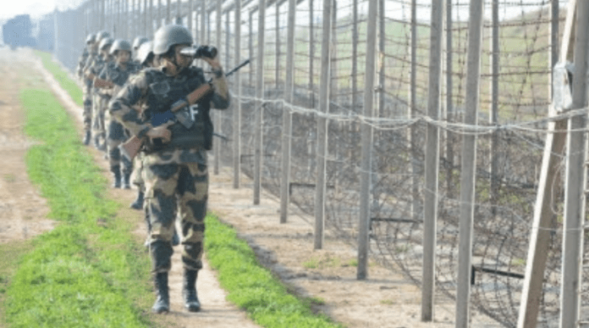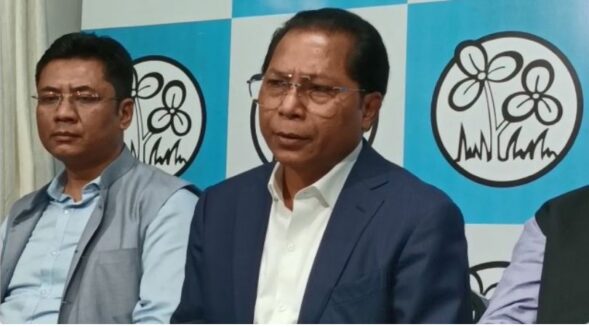
SHILLONG:
The state government has taken an innovative approach in implementing the Pradhan Mantri – Ayushman Bharat Health Infrastructure Mission (PM-ABHIM), a centrally sponsored scheme under the National Health Mission that aims to strengthen the public health infrastructure across all levels and develops capacities of health systems and institutions to ensure they are equipped to respond effectively to current and future pandemics and disasters.
The approach adopted by the state government involves empowering Village Health Councils (VHCs) and fostering a sense of ownership among communities. The VHCs have been allocated sub-centre construction works instead of contractors, which enables them to take charge of their own health infrastructure projects.
The formation of VHCs across the State has been envisioned as a community institution that will aid in mobilising action on health and nutrition issues and serve as a critical link between the state health systems and community members.
The VHC general body comprises the male and female heads of all households while the executive committee is composed of 10-20 elected members from the village. ASHAs, Anganwadi workers, and teachers are permanent members of the VHC.
The key roles of the VHCs are to generate demand for healthcare services, create a sense of ownership by the community, lead awareness campaigns, facilitate local problem-solving, and implementation of health infrastructure projects.
All new constructions are to be done through the VHCs under the guidance of the District Medical and Health Officer (DMHO) office with technical support from the Health Engineering Wing (HEW) and Junior Engineers.
Ramkumar S, Mission Director, NHM highlighted the benefits of involving the community in assessment, construction, and maintenance, which promotes ownership, encourages public health service use, and fosters health-seeking behaviour amongst the people.
Kumar said that it will also lead to improved institutional delivery rates and reduced maternal and infant mortality rates.
Babu P Thongni, Executive Member, Japung VHC expressed his gratitude for the opportunity to have a sub-centre in their village which would eliminate the need for villagers to travel long distances for immunisations, vaccinations, and especially for safe deliveries of babies, and to have the ability to construct it themselves. He recalled a few of the challenges in the past when community members had to carry pregnant women on bamboo stretchers and walked for a couple of hours to reach the health facility.
During the year 2022-23, the creation of 75 new sub-centres has been identified to be implemented under PM-ABHIM and executed by the respective VHCs.
A team of engineers and community building associates under the Meghalaya Health Systems Strengthening Project (MHSSP) have been engaged to support the implementation process of the scheme.
Prior to the new sub-centre construction activities to be executed by the VHCs, a detailed assessment of the site/land identified for the new sub-centre and an assessment of the community/VHC willingness and preparedness are undertaken.
The purpose of the site and community assessment is to assess the feasibility of sites identified by the communities, while the willingness includes assessing the community’s willingness and preparedness, availability of skilled workers, VHC-EC members’ capacity, and incorporating community ideas and know-how.
Ibamonlang Nongbri, State Programme Manager, National Health Mission, explained that assessments were necessary to understand the varying levels of experience among the VHCs when it comes to construction.
Nongbri also mentioned that some VHCs lacked skilled laborers in their village and needed to hire them from nearby villages.
The assessment is then followed with a design participatory workshop, where the community, especially women, has a say on what to include in the design and what to exclude. The construction works carried out by the VHCs are supervised by the designated engineers.
Feedback and recommendations from the assessment are incorporated into the project design by the engineers at the State level, and a final plan and architectural layout is then handed over to the VHC.
Prainter Momin, the headman of Agropather village, said, “Agropather village has been deprived of healthcare facilities due to poor road connections and transportation, leaving our community with no option but to depend on traditional healers for medical needs,” adding, “The new sub-centre will play a crucial role in catering to cases such as complications during pregnancy, childbirth and overall health and wellbeing of the community. We hope that this new facility will be a lifesaver for our village and neighbouring villages.”





